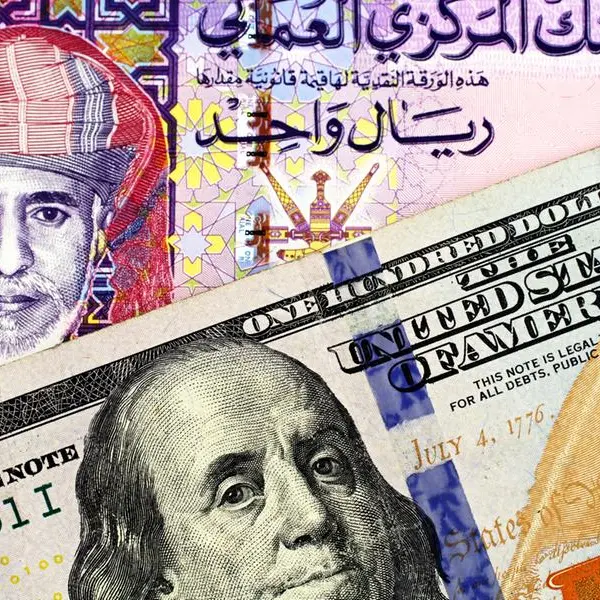PHOTO
FILE PHOTO: A tray of Bullion grade 2017 Sovereigns are seen at The Royal Mint, in Llantrisant, Wales, Britain, January 25, 2017. REUTERS/Rebecca Naden/File Photo Image for illustrative purpose.
LONDON - Bond exchange-traded funds have surged to $2 trillion in assets under management for the first time, a landmark figure for the industry that demonstrates the growing allure of the products and of the yields available on fixed income assets.
The milestone was crossed this week after investors poured about $170 billion into bond ETFs in the first half of the year, BlackRock said. The first six months of 2023 was a record for European bond ETFs, which attracted around $36 billion of inflows.
JPMorgan estimates fixed-income ETFs have about $2.1 trillion under management globally - figures it says have increased roughly 20% annually on average over the past decade.
The yields available on bonds have surged since 2021 as global central banks have rapidly raised interest rates to tame a resurgence of inflation. The U.S. 10-year Treasury yield , for example, rose above 4% last week, up from a low of 0.5% in 2020.
"All of a sudden, after more than a decade of no yield or negative yield, people are going, 3%, 4%, 5%, these are good yields to buy and lock in for the foreseeable future," said David Zahn, head of European fixed income at Franklin Templeton. "You're seeing big demand for that."
An exchange-traded fund is an investment fund that pools customer money to invest in a range of securities and typically passively tracks an index. Unlike a mutual fund, which trades at the end of the day, investors can buy and sell shares in the ETF on an exchange throughout the session.
The first bond ETFs launched in 2002, around a decade after equity ETFs were first developed.
"It took 17 years for the industry to reach its first trillion and then four-odd years to reach the next trillion," said Brett Pybus, global co-head of iShares fixed income ETFs at BlackRock.
Data from the Investment Company Institute (ICI) shows that bond mutual funds - long popular with the pension industry - are losing ground to their newer rivals.
U.S. fixed income mutual fund assets peaked in November 2021 at $5.63 trillion, according to ICI data, but have since fallen sharply to $4.61 trillion.
Quick trading is a key selling point for many professional and retail investors looking to gain exposure to bond markets, as are typically cheaper fees thanks in large part to the lower costs of indexing.
"The ability to be nimble in volatile markets mean ETFs are particularly well suited," said BlackRock's Pybus. He said wealth and asset managers, pension funds, and sovereign wealth funds had all increased purchases of bond ETFs.
The explosive growth of ETFs has not been without controversy, however. Some active fund managers argue they distort markets by removing the incentive for investors to seek out the best assets. Others claim their easily tradable nature adds to market instability.
Equity funds still make up the vast majority of the ETF market, with just under $8 trillion of assets under management. Yet stock ETF assets are still below their 2021 peak, JPMorgan data shows.
(Reporting by Harry Robertson; Editing by Amanda Cooper, Robert Birsel)





















